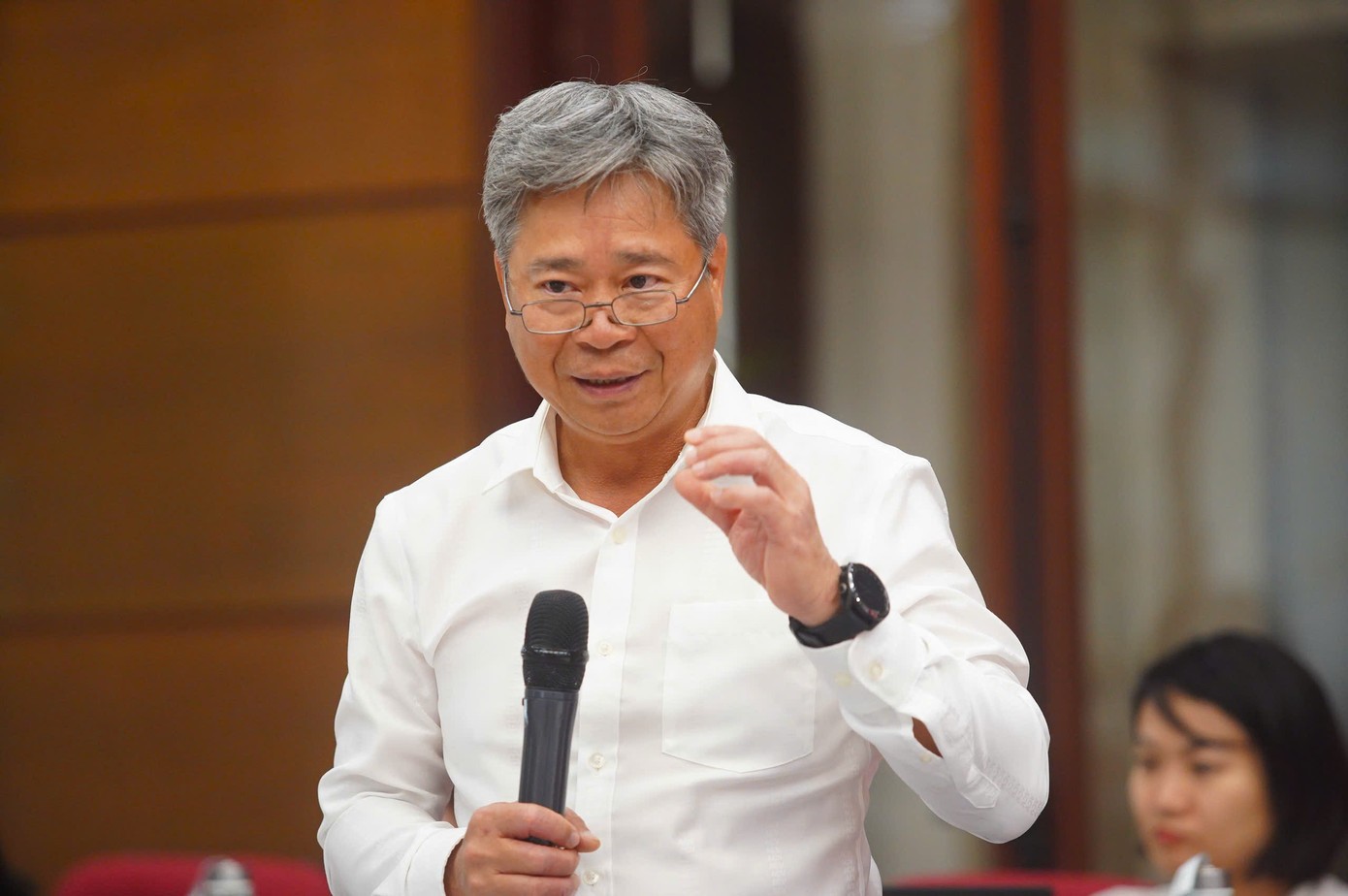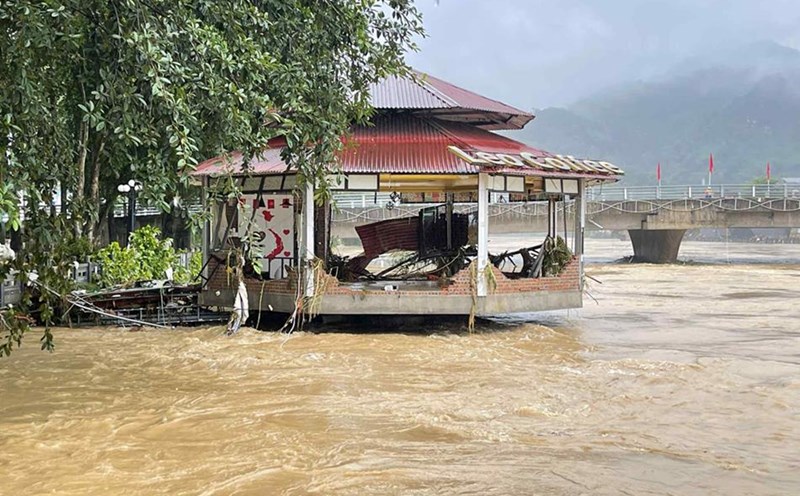Speaking at the seminar "Enterprises in the digital age: Signing impressions and global integration" organized by Tien Phong Newspaper on the afternoon of October 8, Mr. Pham Quang Hieu - Deputy Head of Environmental Engineering and Technology Department, Vietnam Airports Corporation (ACV) - said that ACV is gradually realizing the goal of making Vietnam a pioneer country in Southeast Asia in the digital aviation process, with the "no- Documents airport" initiative through the national electronic identification application VNeID.
ACV representative shared that international airports such as Chengdu (China) have been testing the integration of digital devices in passenger service, but now ACV is going further with the orientation of comprehensive digitalization of all stages in the airport operations chain.
Currently, some large airports such as Tan Son Nhat have piloted two inspection channels - automatic and manual biometrics. However, ACV's goal is to synchronize the entire system, making air travel faster, safer and "no documents required".
According to the plan, from the beginning of December, passengers at airports managed by ACV can use VNeID to authenticate their identities instead of presenting ID card, ID card or air tickets.
This technology helps passengers experience the seamless flight process: From booking tickets, completing procedures, checking security to boarding the plane - all are automatically authenticated via biometrics (facial codes, fingers) linked to VNeID.
To ensure smooth implementation, ACV has rearranged self-service counters, upgraded the biometric equipment system and organized in-depth training for staff at key airports.

Informing about Long Thanh International Airport (Long Thanh Airport) - the project with the largest total investment in the Vietnamese aviation industry today, Mr. Hieu said that phase 1 of the project is expected to serve 25 million passengers and 1.2 million tons of cargo per year, before reaching 100 million passengers and 5 million tons of cargo when completed.
The project took flight with a technical certificate on September 26 and is expected to be handed over and put into operation on December 19, 2025.
However, according to Mr. Hieu, Long Thanh also faces a big challenge when competing directly with Changi (Singapore), Suvarnabhumi (Thailand) or Kuala Lumpur (Malaysia) - transit centers that have been positioned for a long time.
ACV representative said that the decisive factor for success lies in infrastructure connection. Accordingly, the Bien Hoa - Vung Tau expressway, Ho Chi Minh City Ring Road 3, and the Thu Thiem - Long Thanh railway must be completed synchronously, avoiding the risk of "establishing" a new airport.
Along with airport infrastructure, airlines are also transforming strongly in the digital journey.
Mr. Dinh Van Tuan - Deputy General Director of Vietnam Airlines Corporation - JSC - said that currently, Vietnam Airlines has deployed internet services on Airbus A350 wide-body aircraft operating long flights to Europe and the US, helping passengers to connect throughout the journey. We are also coordinating with VNPT to soon expand this service to the entire fleet.
In the field of customer service, the airline has digitized the entire flight journey - from ticket purchase, online check-in, airport procedures to after-flight services. Vietnam Airlines' new mobile application and website are integrated with artificial intelligence (AI), making it easy for passengers to look up information, manage membership cards, book and receive automatic and quick support consultation.
In technical exploitation and flight safety, Vietnam Airlines has applied big data technology and AI to forecast and early warn of risks related to weather, technology or flight routes. The flight data analysis systems help pilots and engineers self-assess, learn from experience, and form a proactive safety culture throughout the airline.











